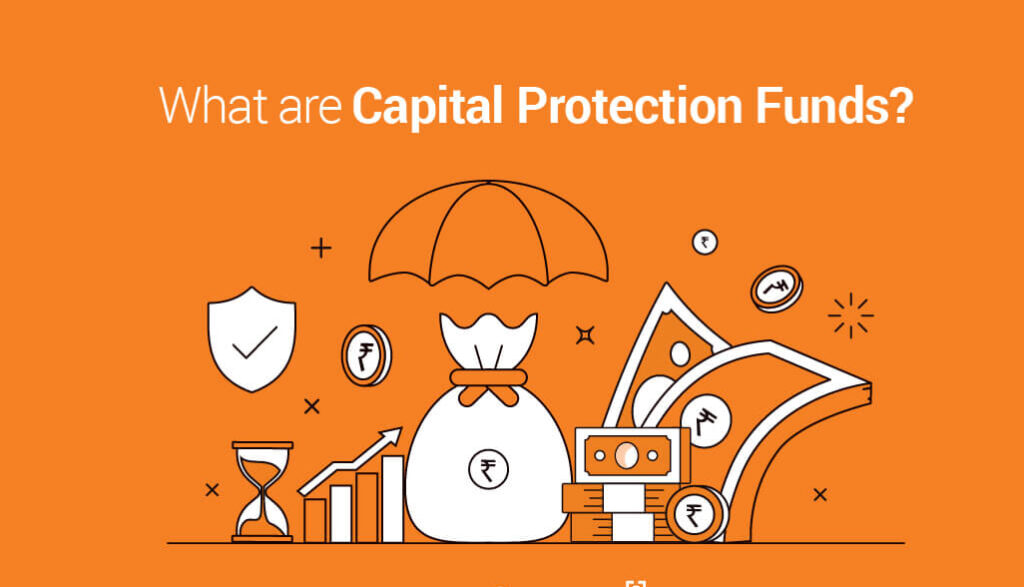In investing, one of the main concerns for many people is protecting their initial investment while still earning returns. Capital Protection Funds (CPFs) are designed to address this concern. These funds aim to preserve the investor’s capital while also offering the potential for growth. This makes them an attractive option for risk-averse investors.
What are Capital Protection Funds?
These funds usually work by allocating a majority of the investment into low-risk, fixed-income securities like bonds or treasury bills. This ensures that the principal amount is safeguarded, and there is minimal risk of losing the initial investment. The remaining portion of the fund is invested in equities or other growth-oriented assets to generate potential returns.
The fund is structured. By the time the investment matures, the value of the fixed-income portion covers the initial investment. The equity component aims to add growth during the term. However, since the focus is on protection, returns from the equity portion tend to be moderate and may not match the growth potential of pure equity investments.
Key Features of Capital Protection Funds:
- Capital Guarantee: These funds provide a promise to return at least the original investment after the specified period, barring any extreme economic situations.
- Moderate Returns: The returns are usually moderate as they are designed to balance risk and reward, with equity investments contributing to potential growth.
- Long-Term Investment: These Funds are generally meant for medium-to-long-term goals. It often ranges from 3 to 5 years.
- Lower Risk: Due to the emphasis on capital protection, these funds are considered safer compared to investing directly in equities or other higher-risk assets.
Example of Capital Protection Fund:
Let’s take an example of an investor, Rahul, who wants to invest ₹1,00,000 in a Capital Protection Fund. The fund has a fixed maturity of 5 years. It aims to protect the principal amount while offering moderate returns through a mix of bonds and equity exposure.
The fund invests 80% of the money in bonds and 20% in equities. Over the 5-year period, if the equity market performs well, Rahul might get a small return above his ₹1,00,000 investment. Even if the market performs poorly, the bond investments should ensure that Rahul gets back his original ₹1,00,000 at the end of the tenure.
Why Are Capital Protection Funds Important?
The importance of Capital Protection Funds lies in their ability to balance safety with growth. For many investors, especially those nearing retirement or those with a low risk tolerance, preserving their capital is essential. By investing in a Capital Protection Fund, they can reduce the risk of losing their initial investment while still having a chance to grow their money.
These funds are particularly useful in volatile markets, where the stock market can swing wildly. While no investment is entirely risk-free, CPFs offer a safeguard, providing peace of mind for investors who cannot afford to lose their principal amount.
Conclusion:
Capital Protection Funds are a great choice for those who prioritize safety but still want to take advantage of potential market growth. They don’t promise high returns like aggressive equity investments. But they provide a balanced approach with relatively lower risk, making them suitable for conservative investors.
– Ketaki Dandekar (Taem Arthology)
Read more about Capital Protection Funds here – https://cleartax.in/protection-funds
